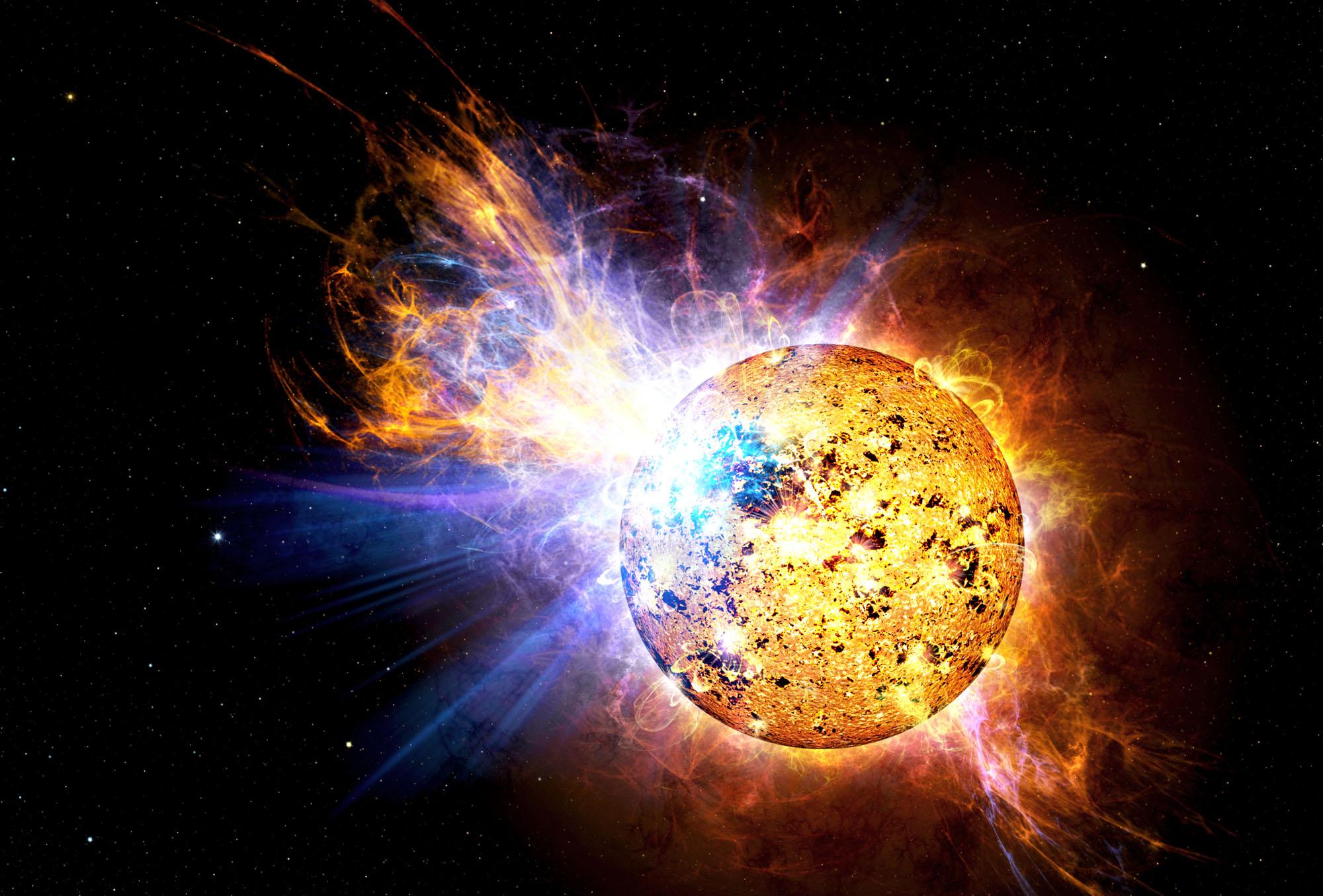Please login in order to download photos in full size
If you are not registered, please register for free: www.Free-Photos.biz/register
Please note to download premium images you also need to join as a free member..
You can also save the photos without the registration - but only in small and average sizes, and some of them will have the site's watermark. Please simply click your right mouse button and save the image.
Please login in order to like photos
If you are not registered, please register for free:
Sorry, non-members can download up to 1100 full-size photos per month.
It looks like you have used up your limit.
Free members can download an unlimited number of full-size photos - including the premium free photos.
Join as a member today for FREE! - and download the images without limitations:
www.Free-Photos.biz/membership.php
You can also save the images without the membership - but only in small and average sizes, and some of them may have the site's watermark. Please simply click your right mouse button and save the image.

|
This is a premium free photo
This photo was viewed 806 times and was downloaded in full size 46 times.
This photo was liked 1 times
If you are a member, please login in order to see the source link of the above image.
|
|
This is a featured picture on the Spanish language Wikipedia (Recursos destacados) and is considered one of the finest images. If you think this file should be featured on Wikimedia Commons as well, feel free to nominate it. |
|
Summary
| Description | Explosión de EV Lacertae
English: Featured image of NASA. Explosión de EV Lacertae:
For many years scientists have known that our sun gives off powerful explosions, known as flares, that contain millions of times more energy than atomic bombs. But when astronomers compare flares from the sun to flares on other stars, the sun's flares lose. On April 25, 2008, NASA's Swift satellite picked up a record-setting flare from a star known as EV Lacertae. This flare was thousands of times more powerful than the greatest observed solar flare. But because EV Lacertae is much farther from Earth than the sun, the flare did not appear as bright as a solar flare. Still, it was the brightest flare ever seen from a star other than the sun. Español: Imágen destacada en la NASA:
Durante muchos años, los científicos creían saber qué producía las poderosas explosiones, conocidas como llamaradas, que contienen millones de veces más energía que una bomba atómica. |
| Date | |
| Source | NASA Image of the Day Gallery |
| Author | Casey Reed/NASA |
Licensing
| This file is in the public domain because it was created by NASA. NASA copyright policy states that "NASA material is not protected by copyright unless noted". (See Template:PD-USGov, NASA copyright policy page or JPL Image Use Policy.)
|
|
|
|
Warnings:
|
Featured image of NASA. ExplosiГіn de EV Lacertae: For many years scientists have known that our sun gives off powerful explosions, known as flares, that contain millions of times more energy than atomic bombs. But when astronomers compare flares from the sun to flares on other stars, the sun's flares lose. On April 25, 2008, NASA's Swift satellite picked up a record-setting flare from a star known as EV Lacertae. This flare was thousands of times more powerful than the greatest observed solar flare. But because EV Lacertae is much farther from Earth than the sun, the flare did not appear as bright as a solar flare. Still, it was the brightest flare ever seen from a star other than the sun. What makes the flare particularly interesting is the star. EV Lacertae is much smaller and dimmer than our sun. In other words, a tiny, wimpy star is capable of packing a very powerful punch. How can such a small star produce such a powerful flare? The answer can be found in EV Lacertae's youth. Whereas our sun is a middle-aged star, EV Lacertae is a toddler. The star is much younger than our sun, and is still spinning rapidly. The fast spin, together with its churning interior, whips up gases to produce a magnetic field that is much more powerful than the sun's magnetic field.
Public Domain
| EXIF data: | |
| File name | nasa_ev_lacertae_250408.jpg |
|---|---|
| Size, Mbytes | 0.3011396484375 |
| Mime type | image/jpeg |
While the copyright and licensing information supplied for each photo is believed to be accurate, Free-Photos.biz does not provide any warranty regarding the copyright status or correctness of licensing terms. If you decide to reuse the images from Free-Photos.biz, you should verify the copyright status of each image just as you would when obtaining images from other sources.
The use of depictions of living or deceased persons may be restricted in some jurisdictions by laws regarding personality rights. Such images are exhibited at Free-Photos.biz as works of art that serve higher artistic interests.
PRIVACY POLICY
By registering your account and/or by subscribing to new and newly rated photographs you agree we may send you the links to photos and we may occasionally share other information with you.
We do NOT disclose your personal data.




